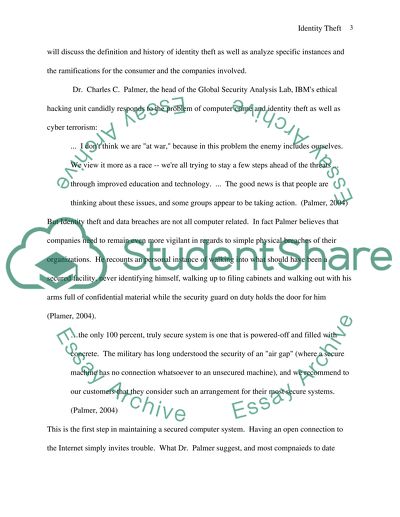Cite this document
(“Identity Theft Essay Example | Topics and Well Written Essays - 3250 words”, n.d.)
Identity Theft Essay Example | Topics and Well Written Essays - 3250 words. Retrieved from https://studentshare.org/law/1547404-identity-theft
Identity Theft Essay Example | Topics and Well Written Essays - 3250 words. Retrieved from https://studentshare.org/law/1547404-identity-theft
(Identity Theft Essay Example | Topics and Well Written Essays - 3250 Words)
Identity Theft Essay Example | Topics and Well Written Essays - 3250 Words. https://studentshare.org/law/1547404-identity-theft.
Identity Theft Essay Example | Topics and Well Written Essays - 3250 Words. https://studentshare.org/law/1547404-identity-theft.
“Identity Theft Essay Example | Topics and Well Written Essays - 3250 Words”, n.d. https://studentshare.org/law/1547404-identity-theft.


